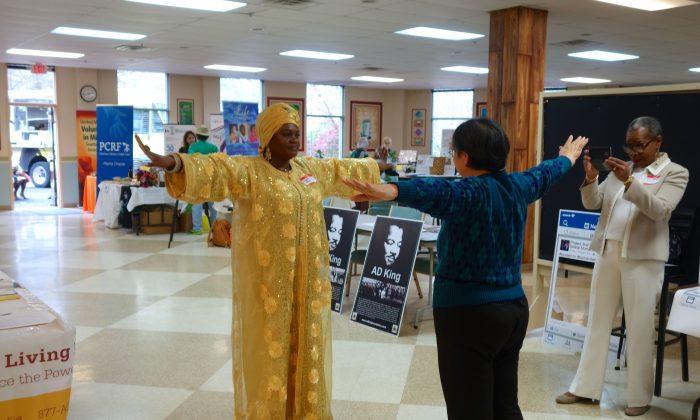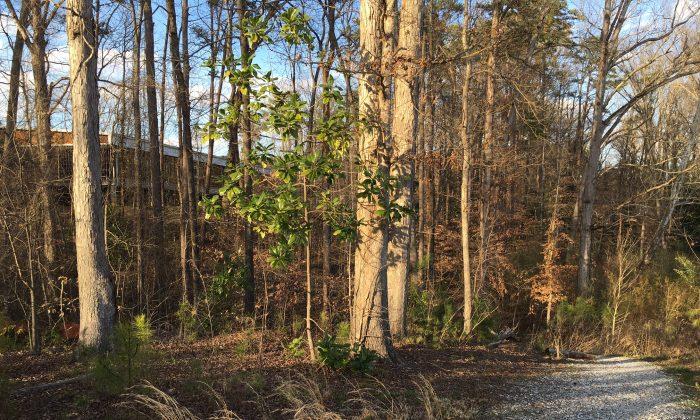Severe storms, including tornadoes, threatened the Southern region on Nov. 16, and were moving northeast from Louisiana, Mississippi, and Alabama into the Carolinas, according to the National Weather Service.
Tornadoes struck Alabama and Mississippi at midday, according to an alert from Accuweather. Counties in northwest Georgia made emergency phone calls to warn residents about possible tornadoes.
Montgomery, Ala., Mayor Todd Strange and emergency management staff went out to assess the damage midafternoon. “I don’t think anybody was hurt,” said city spokesperson Carol Gunter, adding, “The university and a school had some damage.” There were also power outages throughout the city.
When Strange returned from his assessment, he said in a phone interview that he was most proud of the first responders and city staff who responded so quickly and competently to the storm. He was “out there while they did a grid search to check for people who needed rescue,” and he felt grateful for the workers. Power outages were down from 17,000 to about 5,000, he said.
As the storm arrived, he was in his office, which has many windows. “I could see the blackness. It was ominous.” He said people he talked to afterward said they had heard a roar or a wave of sound.
Yet, according to the NWS, “The greatest threat for severe weather is in the form of strong damaging winds, especially across the Carolinas.”
The power was out at the Auburn, Ala., City Hall on Wednesday afternoon. Director of Public Affairs David D. Dorton said in an email that he could not yet confirm if the city had experienced a tornado. Trees were down and other damage had been reported, he wrote, but added, “We’re still working to get a clear picture on how significant the damage is.”
Accuweather reported that a twister moved a house 10 feet off its foundation in Tangipahoa, La., It also “threw an unoccupied semi-truck and blew away a trampoline.”
Alex Sosnowski, senior meteorologist, said in an afternoon phone interview that so far it appeared the outbreak was not going to be as severe as the one in April.
“These are rain-wrapped tornadoes, unlike the ones this spring. They don’t look to be quite as intense. Those long trackers are more damaging,” Sosnowski said.
The spring tornadoes were long trackers that traveled ahead of thunderstorms and left miles of destruction. The rain-wrapped type during thunderstorms do not last as long, he said.
Storms in Alabama and Louisiana were not yet confirmed as tornadoes, partly because they were not visible—since they were rain-wrapped. No one could see a funnel cloud, unlike in April when they were visible in otherwise clear air.
Confirmation will come if officials see the chaotic, multidirectional damage typical of tornadoes, according to Sosnowski. The storms were expected to continue into the night, threatening Georgia, the northwest Florida Panhandle, and and the Carolinas.
In Forsyth County in north Georgia, a tree falling on a car killed one person, CNN reported.





Friends Read Free